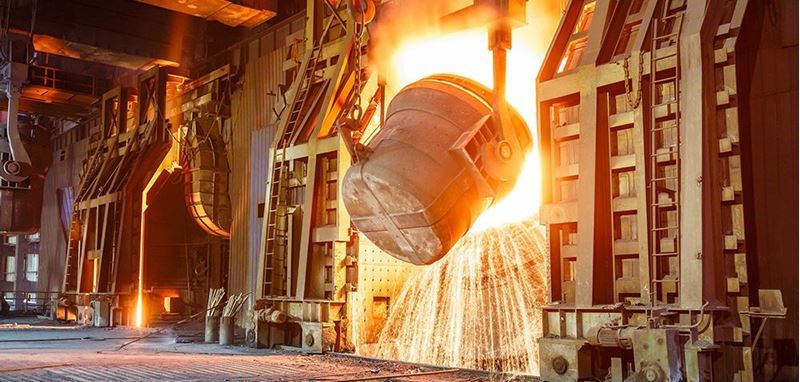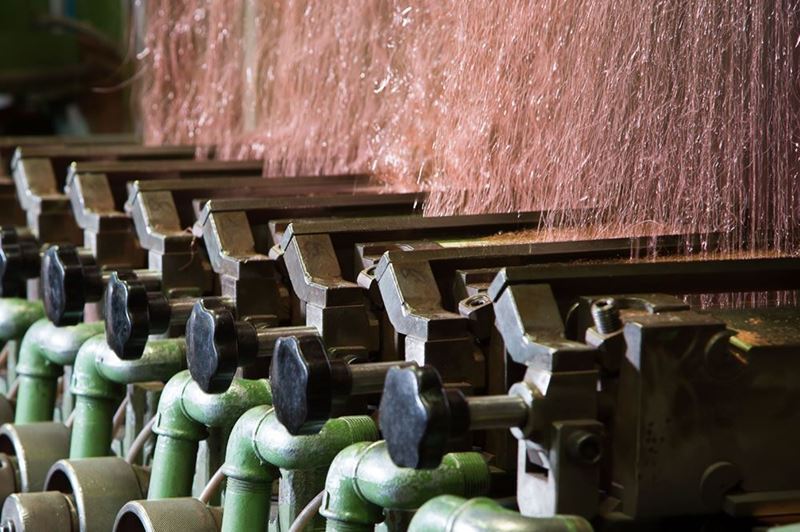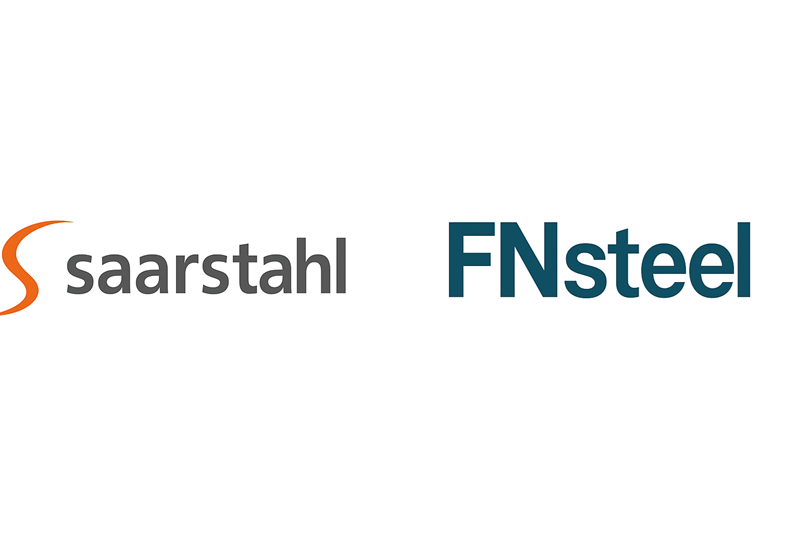The company emphasized that there are currently no sufficient economic incentives in the country to drive such a transition.
Australia has recently been aiming to position itself as a reliable supplier of “green metals.” In line with this goal, the government announced in February that it had allocated AUD 1 billion (approximately USD 652 million) for green iron production and supply chain development.
However, since most of Australia’s iron ore is of low grade, it cannot be directly used in steelmaking processes powered by renewable energy. As a result, a pre-processing step is required. When this step is performed using hydrogen produced from renewable energy instead of coal, the resulting product is direct reduced iron (DRI) via hydrogen commonly known as “green iron.” This product serves as a low-carbon foundation for green steel production.
Despite this potential, Rio Tinto’s Chief Technical Officer Mark Davies stated at a business luncheon in Melbourne that, as of today, there is no economic incentive to produce hydrogen-based DRI.
Davies added that the technology is not yet proven and that there are various technical challenges in switching from natural gas to hydrogen. He said:
“And doing this in Australia is very expensive. Australia is an expensive place to build things.”
Last month, BHP similarly emphasized that building a green iron industry in Australia would be costly. That statement came shortly after Australia and China announced their cooperation to decarbonize the steel supply chain. The steel sector is responsible for approximately 10% of global carbon emissions.
In a further statement to the press, Davies added that for green iron production to be economically viable on a global scale, carbon pricing would need to reach ‘several hundred dollars’ per ton.









Comments
No comment yet.